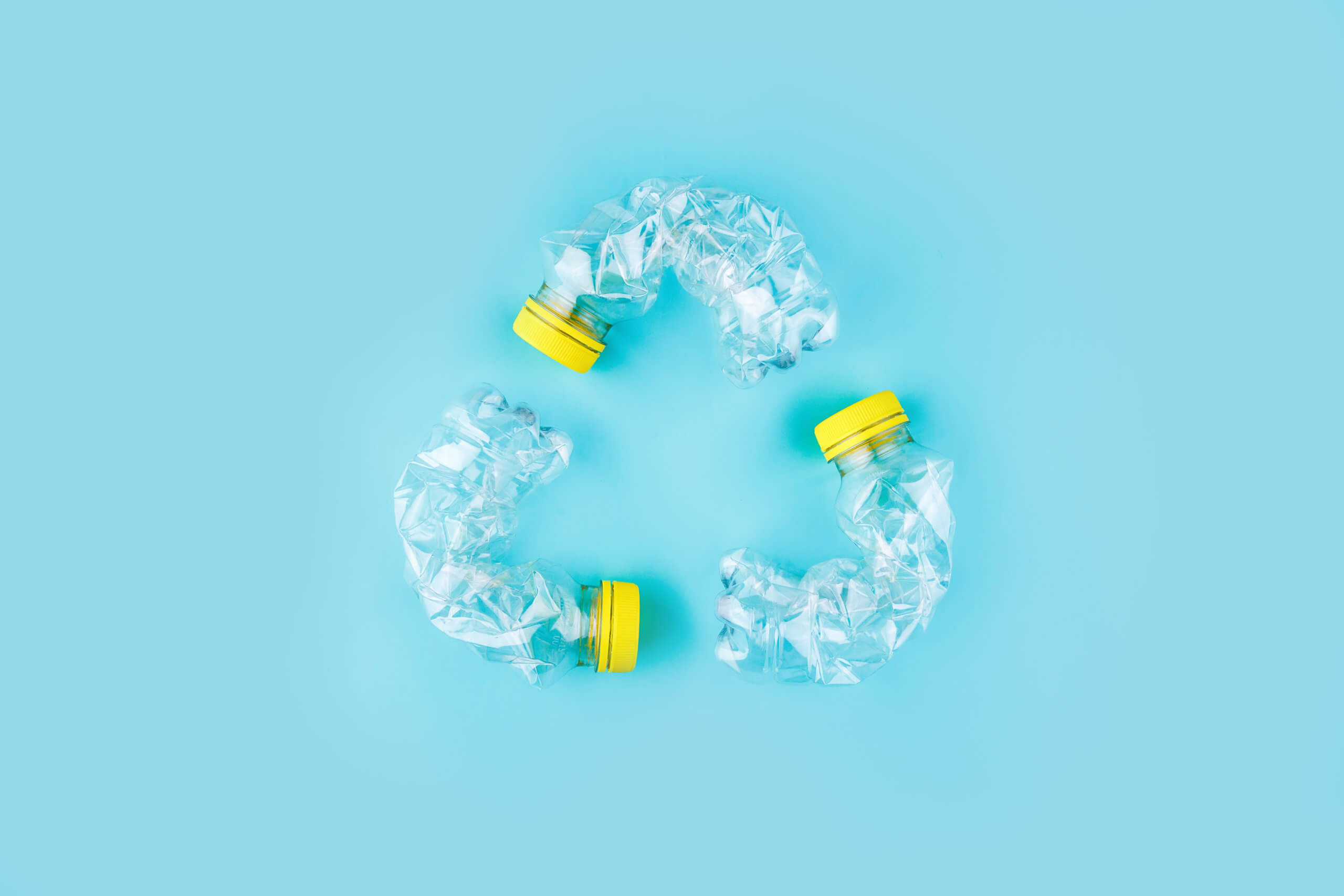
A newly announced investment into innovative technologies will make strides in reducing plastic waste and emissions, further improving plastic’s profile as an environmentally friendly material.
The U.S. Department of Energy (DOE) recently announced a $13.4 million investment into “next generation” innovative technologies that reduce the energy consumption and carbon emissions associated with single-use plastics. The investment is distributed across seven industry and university-led research and development (R&D) projects that will seek to upcycle plastic waste into new products and ensure new plastics are designed to be more easily recycled and biodegradable.
Many of the funded projects specifically focus on plastic films, material commonly used in food packaging that has been more difficult to recycle in the past. One of the projects, run through the West Virginia University Research Corporation will use microwave catalysis to transform plastic films into monomers and then upcycled into new products. Yuxin Wang, Research Assistant Professor of Chemical and Biomedical Engineering and the project’s principal investigator, explained the importance of these projects,
”Most of the energy and carbon in plastic wastes will be recovered and the proposed technology will significantly reduce carbon dioxide emissions.”
The DOE’s announce investment is welcome news, complementing industry efforts to keep plastics out of the environment. At the same time, improvements to upcycling and recycling plastics will only help plastics reduce their carbon footprint. Plastics are already the least energy intensive material when compared to alternatives. Repeated studies have shown that plastics have superior environmental and economic advantages over alternative materials, like glass or aluminum, throughout its lifecycle.
According to an October 2020 report by Shelie Miller, Director of the Program in the Environment for the University of Michigan, reusable alternatives actually require more material than single-use options and generally use more energy to produce. As she explains in a recent interview recounting her research into single-use kitchen items like straws and sandwich bags versus reusable items like metal straws and silicon bags, “The big idea with reusables is that, in order for reusables to have environmental benefits, we actually need to reuse them. It sounds so simple, right? But it’s often a larger number of [uses] than people realize.”
Reusable products are rarely reused enough to offset the environmental impact created by the additional materials and energy required to make them, and too often, people treat reusable items like single-use ones, and continue to purchase, discard and repurchase reusables.
Plastics are also inherently lighter than alternatives like glass and aluminum so less carbon is emitted downstream as well, like in its transport from manufacturer to retailer and finally to consumers’ homes. For instance, the standard glass bottle would have to be 38% lighter to achieve the same sustainability potential as a plastic bottle.
Additionally, LCAs have demonstrated that advanced or molecular recycling technologies can recycle complex and single-use plastics, and ultimately reduce CO2 emissions by up to 50%. In a recent white paper, environmental scientist and Fraser Institute senior fellow Kenneth Green indicated that LCAs are vital for understanding materials’ environmental impact across its full life cycle. For plastics, Green’s analysis found that plastics tend to have lower carbon footprints than alternative materials and substituting other materials for plastics would result in negative environmental tradeoffs—including higher emissions.
In addition to lowering emissions, the DOE’s investment will also seek to fund research developing sustainable methods to upcycle plastic films and other complex, mixed plastic waste into other valuable materials. This investment is in line with the billions of dollars industry is already investing in advanced or molecular recycling technology capabilities. The Alliance to End Plastic Waste (AEPW), a non-profit coalition of businesses in the plastics and consumer goods value chain, launched a grant program in 2021 seeking proposals for projects related to advanced recycling technologies and business models. AEPW has also allocated $5.4 million to develop new, more sustainable plastic products. These industry efforts, coupled with the DOE’s investment into new technologies and innovation, all work towards the same goal of ensuring that plastics stay out of the environment and inside the economy.
Research and technology development consistently illustrate the critical role plastics have to play in reducing emissions and, ultimately, achieving key milestones in the Biden Administration’s plan to combat the global climate crisis and reach net-zero emissions by 2050. Going forward, industry leaders and policymakers must acknowledge that plastics are already lowering carbon emissions. The DOE investment is posited as an effort to reduce plastic emissions but really, these new technologies just stand to complement plastics’ inherent value as an affordable, versatile, and low-emissions material that is the optimal choice for reaching industry and government sustainability goals.